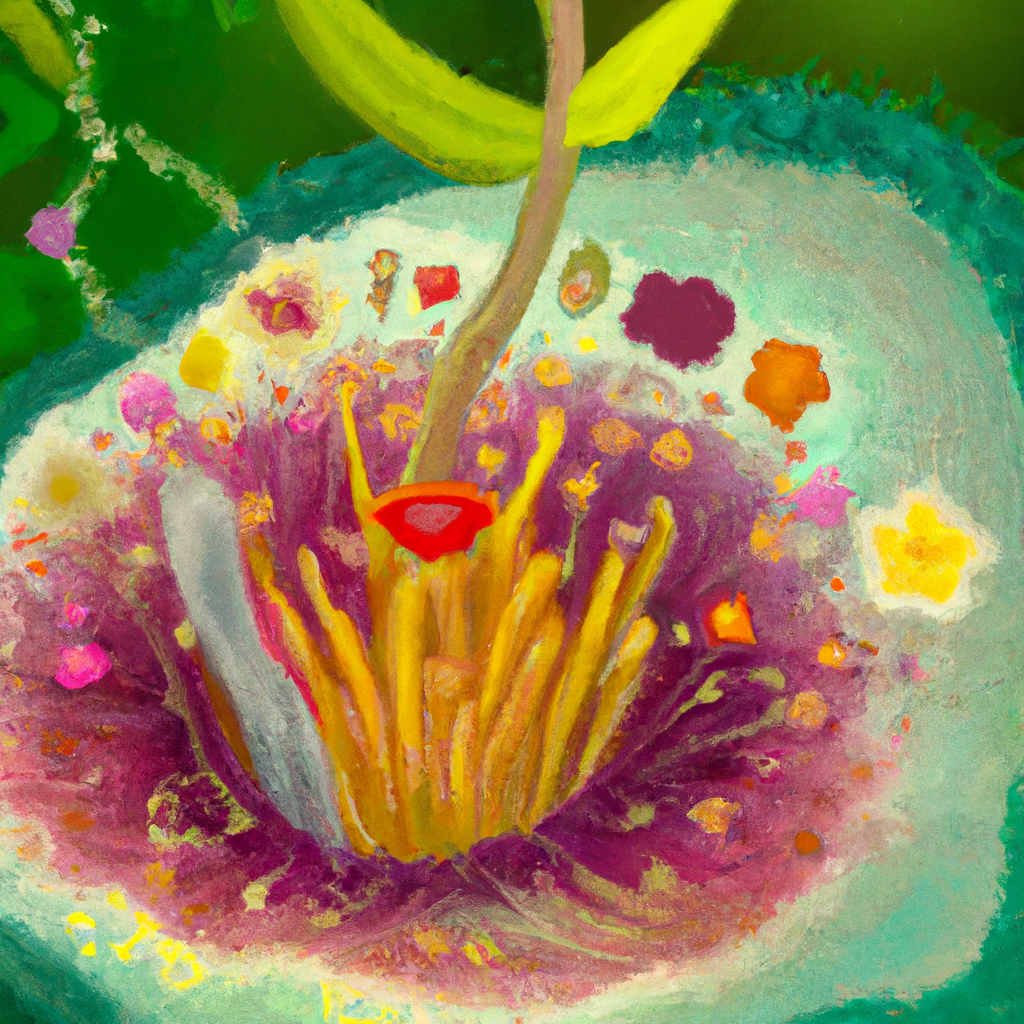Flowering plants, also known as angiosperms, have developed intricate processes to reproduce through a fascinating phenomenon called blooming. This natural spectacle not only adds beauty to our environment but also plays a critical role in ecosystems by facilitating pollination. Understanding the science behind how flowers bloom involves exploring plant anatomy, environmental triggers, and the complex hormonal interactions that govern these processes.
Plant Anatomy Essential for Blooming
The journey of a bloom starts long before the actual flowering. At the heart of this process are the meristems—specific areas in a plant where cells are capable of rapid division. Floral meristems are responsible for generating the tissues and organs of flowers. Key components formed during this phase include sepals, petals, stamens, and carpels. This development is highly regulated genomically to ensure that each flower part is formed at the right place and time.
Environmental Triggers
Environmental factors play a pivotal role in the timing of flowering. Photoperiod, temperature, and sometimes even soil conditions can signal to a plant when conditions are favorable for reproduction. For instance:
- Photoperiod: Many plants are sensitive to the length of day and night, a phenomenon known as photoperiodism. Short-day plants require longer nights to flower, whereas long-day plants flower when nights are shorter.
- Temperature: Vernalization is a process where the flowering of some plants is promoted by prolonged exposure to cool temperatures. This adaptation ensures that seed production coincides with optimal growing conditions during spring.
- Water and Nutrient Availability: Sufficient water and a balance of nutrients are crucial for healthy growth and flowering. Plants often delay blooming in drought conditions to conserve resources.
When these environmental factors align favorably, a hormonal response is triggered to initiate the flowering process.
The Role of Plant Hormones
Plant hormones are chemical signals that regulate various aspects of growth and development, including flowering. The most notable hormone involved in the blooming process is gibberellin. This hormone promotes the growth and development of floral organs. Meanwhile, other hormones like auxins, cytokinins, and ethylene also contribute by stimulating cell division, enlargement, and different aspects of maturation necessary for the flower's structure.
The hormone florigen plays a critical role in triggering flowering at the right time. Florigen is produced in the leaves and travels through the plant’s vascular system to the shoot apical meristem, where it initiates reproductive development. The presence and concentration of florigen can depend on the aforementioned environmental cues, seamlessly integrating external conditions with internal growth processes.
Genetic Regulation of Flower Development
At the genetic level, flowering is controlled by a network of genes which respond to internal and external signals. This network involves multiple pathways that integrate various cues to ensure that flowering occurs under optimal conditions. The model plant Arabidopsis thaliana has been extensively studied, revealing groups of genes known as MADS-box genes, which are crucial for determining the identity and development of flower organs.
Impact of Blooming on Ecosystems
Beyond its botanical interest, the flowering process has profound implications for ecosystems. Flowers attract pollinators like bees, butterflies, and birds, which are crucial for the reproduction of many plant species and thus the production of fruits and seeds. This interaction is an essential part of the food chain and significantly contributes to biodiversity. Moreover, flowers play a role in the aesthetic and economic aspects of human society, influencing everything from agriculture and gardening to holidays and social traditions.
In conclusion, the science of how flowers bloom reveals an exceptional level of coordination between a plant’s internal hormonal responses and its external environment. This complex interplay ensures not only the survival of individual species but also the health and functionality of entire ecosystems.
flowers
